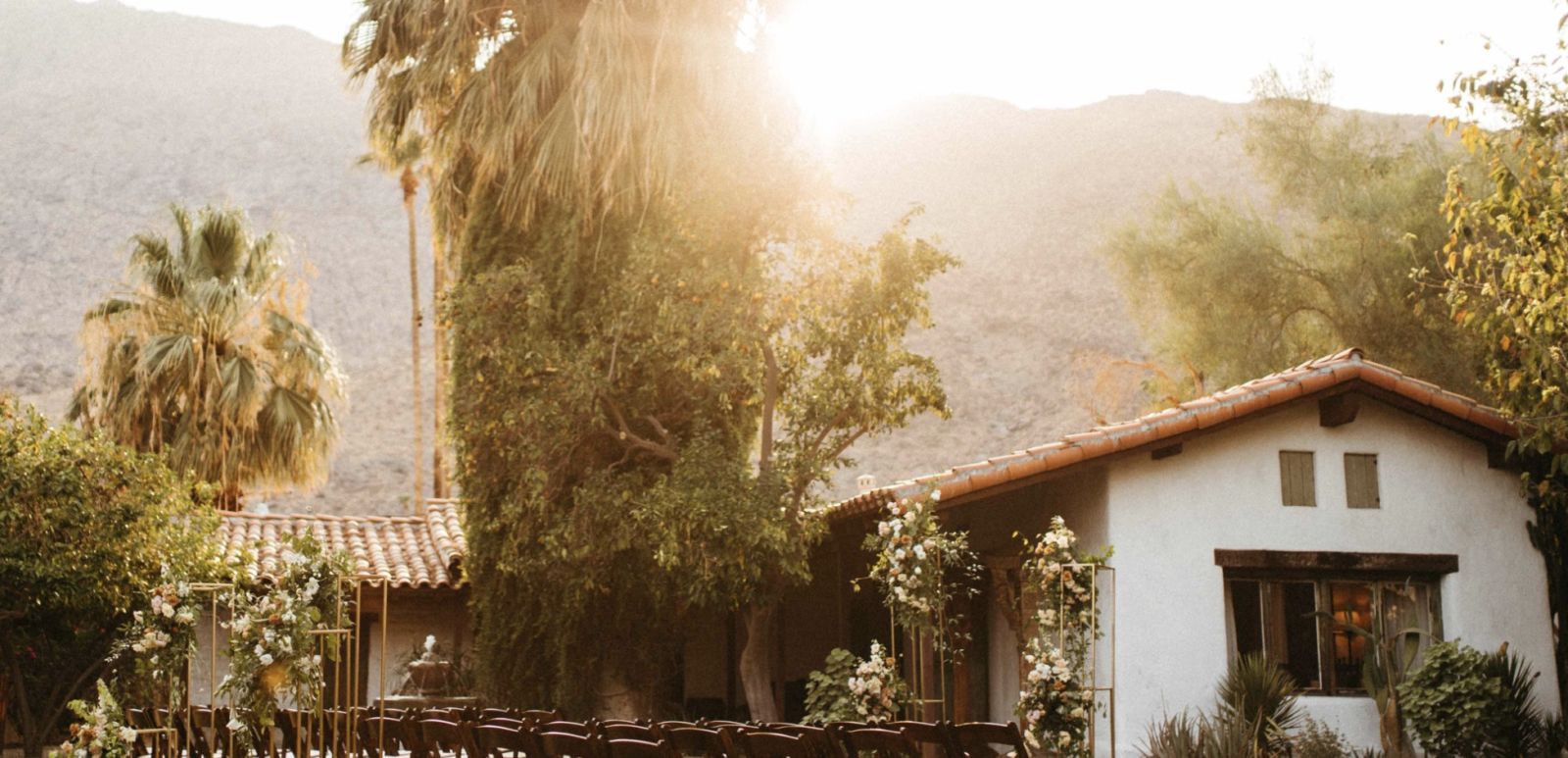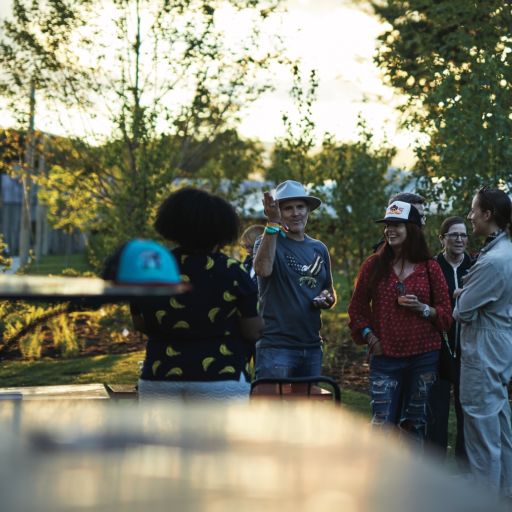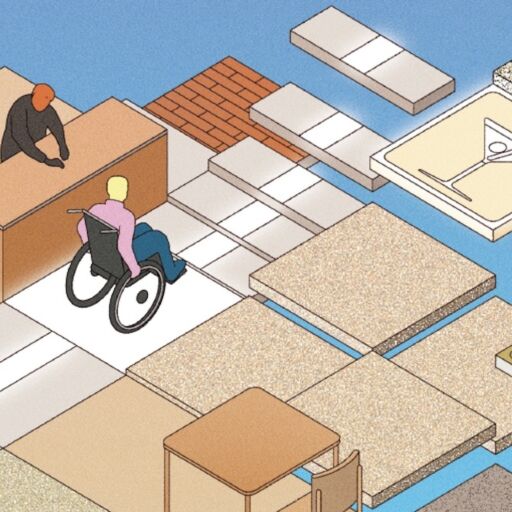It’s a breezy oasis: a slowed-down, salubrious paradise full of the bright vegetation that thrives in the famed Palm Springs sun. Just off the main drag of the bustling downtown area of this Southern California community is Casa Cody, the blood-pressure-reducing getaway that tells the history of the place it calls home. In fact, according to the Palm Springs Historical Society, no hotel in the city has been in operation longer.
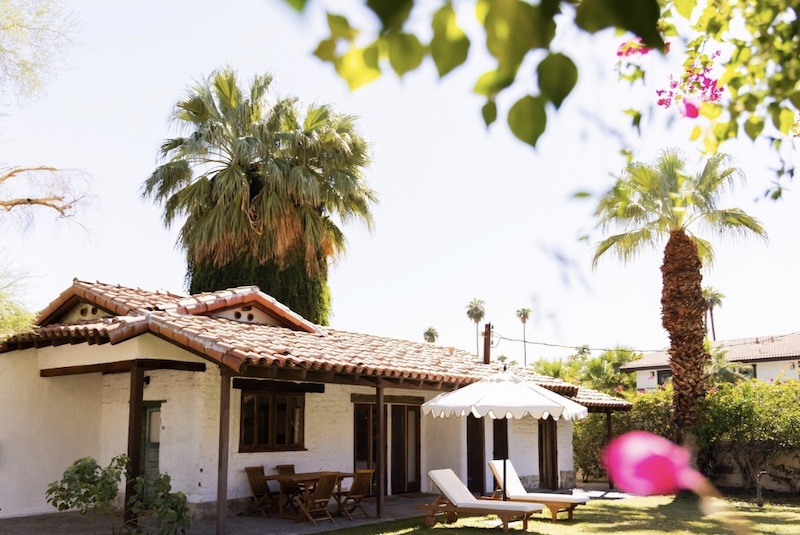
“It does feel like a secret garden against the mountains,” says Carolyn Schneider, the co-founder and president of the Casetta Group, which currently runs the hotel at the foot of the mighty San Jacinto range. “The whole property really ties so closely to Palm Springs history.” Indeed, the idyllic space, once a sparse lot with minimal construction, is now a sprawling and chic paradise that has morphed along with the decades into an integral part of American culture at large.
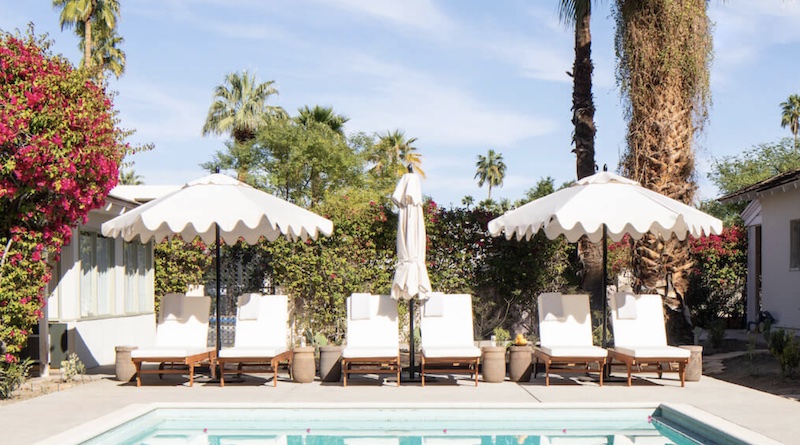
Native Americans originally thrived here for hundreds of years, giving today’s land a solemn and spiritual foundation. The Cahuilla first bequeathed Palm Springs its early name of Se-Khi (it, too, a nod to the hot springs this land is famous for, roughly translating to “boiling water.”) As American settlers moved west to California, the Native Americans struggled for nearly a century, eventually flocked en masse to the Agua Caliente Indian Reservation. To this day, they are the largest landowners in Palm Springs.
By the early 1900s, city dwellers in nearby Los Angeles slowly discovered the calming nature of this bubbling desert community. Among them was Harriett Cody, a cousin of the iconic showman and soldier Buffalo Bill Cody and the namesake of Casa Cody. The Los Angeles native founded Casa Cody after her husband fell ill with tuberculosis as a result of a medical recommendation the two go to the desert so he could recuperate, common advice at the time. With that, Cody and her family packed up and moved to Palm Springs in 1910, trading their Hollywood home for 80 acres of land where the pair eventually built an adobe house and made a living renting horses. According to Schneider, “They were a wealthier couple and had all sorts of swanky friends. We learned that they were hosting parties and were close with people like the socialite Lois Kellogg.”
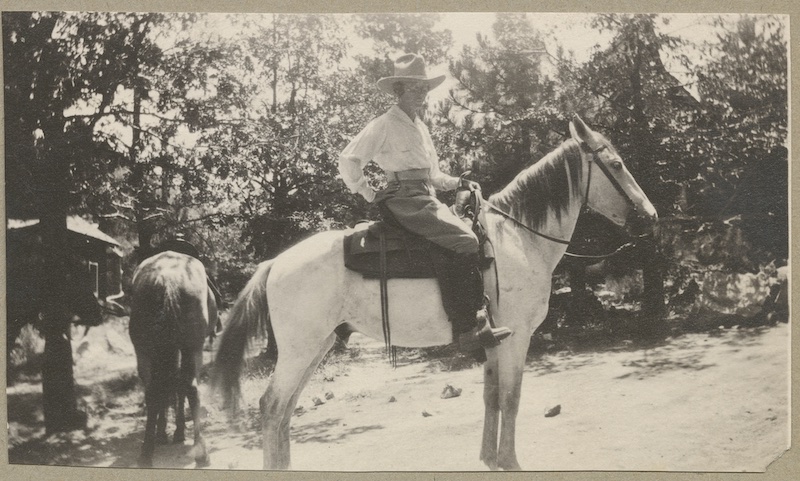
Other revelers the Cody family hosted included the French writer Anaïs Nin, as well as Charlie Chaplin when he was the biggest star in the world. The renowned opera singer Lawrence Tibbett would perform at private parties on a special stage, complete with a piano, constructed especially for him. (The stage still exists, and is where modern-day brides tend to take pre-wedding pictures.) It was also during this time that Palm Springs became a preferred getaway. According to Renee Brown of the Palm Springs Historical Society, visitors from the Pacific Northwest and as far afield as the East Coast came to the desert seeking its warm sun and dry air. “I would say Palm Springs turned into a premier vacation destination during World War I,” she explains. “During that time, travel to Europe was limited.”
Once Cody’s husband died in 1924, his wife set out to make a living on the land they fell in love with and opened up the property for public enjoyment. She entered the market at a fortunate time in Palm Springs history; the secret was fully out. Even Albert Einstein vacationed in Palm Springs, the genius reportedly “rising at dawn to stroll in his slippers through the ancient rock canyons and voluptuous palm groves of the Coachella Valley.”
As nearby Hollywood became a world-class destination thanks to its entertainment industry, so did Casa Cody. The property also benefited from the decision to host the 1932 Olympic Games in Los Angeles. Palm Springs erected an Olympic Village of cottages with kitchens, bedrooms and bathrooms to house the athletes. One such cottage was relocated to Casa Cody, where it still stands as a guest room.
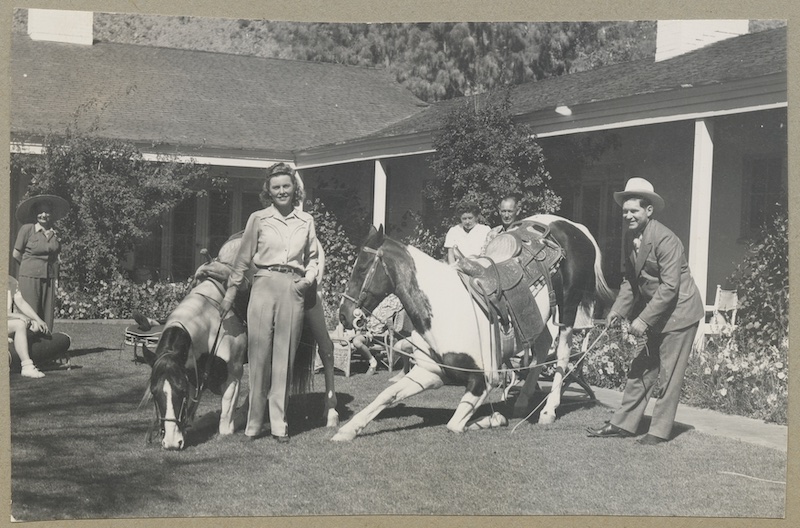
As the ’40s reared its ugly head and the wartime effort overtook American life, Casa Cody and Palm Springs adapted to the country’s seismic shifts. General Patton took his soldiers to the area to train in the blisteringly hot desert sun in preparation for deployments in Africa. Naturally, Patton stayed at Casa Cody. It was a slice of history preserved through letters that Harriet’s great granddaughter Sharon recently showed to the hotel’s current proprietors. “Harriet opened up the grounds to not only General Patton, but soldiers who were on leave or got a break from fighting in the war,” notes Schneider. “It was a pretty amazing look at what was going on in the world at that time.”
The popularity of Palm Springs reached new heights both during and following the war years, when Americans were newly flush with optimism. They dropped major cash for a rash of new construction projects in Palm Springs, many designed in the area’s famed modern style. (The modern design culture lives on today, celebrated during the community’s popular Modernism Week.) The proliferation of golf as a national sport also bolstered the community, which is known for its expansive courses and clubs.
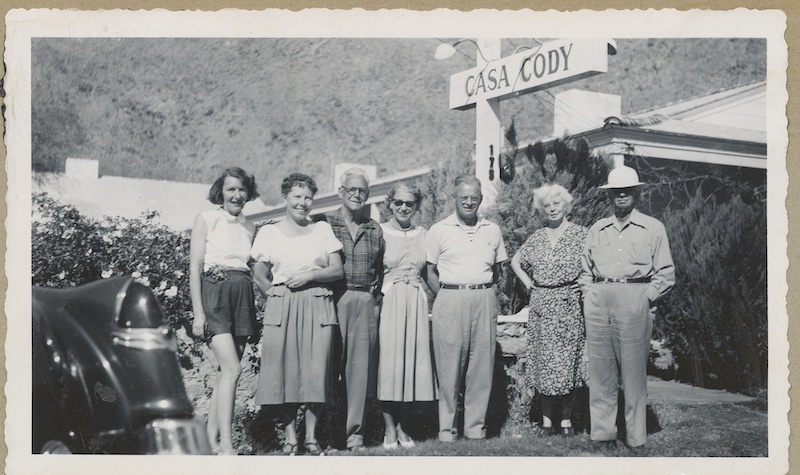
Meanwhile, Hollywood culture here exploded in popularity. The oppressive studio system of the time had a hard and fast rule that actors and creatives couldn’t travel more than two hours away from whatever production they worked on. With a driving time of one hour and 50 minutes from Los Angeles, Palm Springs became a mecca for Hollywood’s rich and famous; starry revelers flocking to the Coachella Valley regularly. Shirley Temple, Bob Hope and perhaps the area’s most famous resident, Frank Sinatra, made Palm Springs their playground. (His Twin Palms estate, complete with the titular trees, still stands today.)

The star of Palm Spring hasn’t faded. Today, the city and the greater Coachella Valley are still known for relaxation, golf and music, though they’ve traded Lawrence Tibbett singing at Casa Cody for Beyoncé headlining Coachella Valley Music and Arts festival. This past year alone the region has continued to take center stage, whether Harry Styles’ headline-grabbing Coachella performance in April, or Arnold Schwarzenegger and Salma Hayek parodying the laidback Palm Springs lifestyle in an advertisement that aired during February’s Super Bowl LVI.
Yet, despite all the celebrity and the money that has flowed into Palm Springs, these lands are the same ones doctors once recommended as a balm for tuberculosis patients; the same ones Harriet Cody looked to for her husband’s healing. Likewise, Casa Cody has borne witness to the ebb and flow of generations of desert-goers, from their parties to their plights and the pounding of their boots. Casa Cody’s current owners recently renovated the property in a way, they say, honors this history.
”Meeting someone like Harriet’s great granddaughter was amazing,” says Schneider. “There are photographs where you can see her on the footprints of where we are now, looking at the same mountains.”




